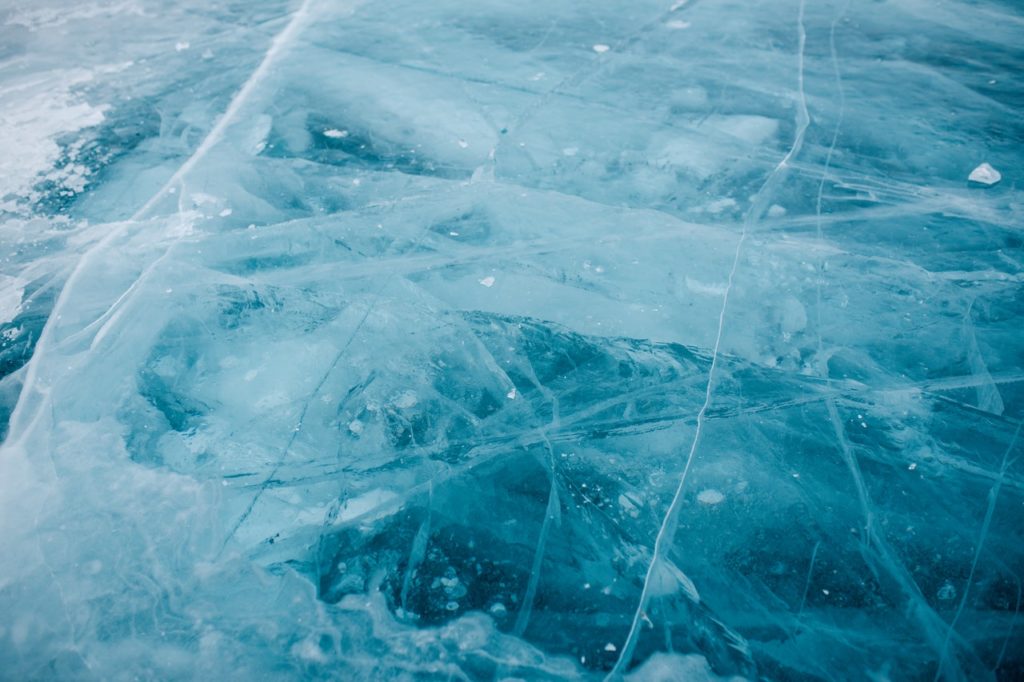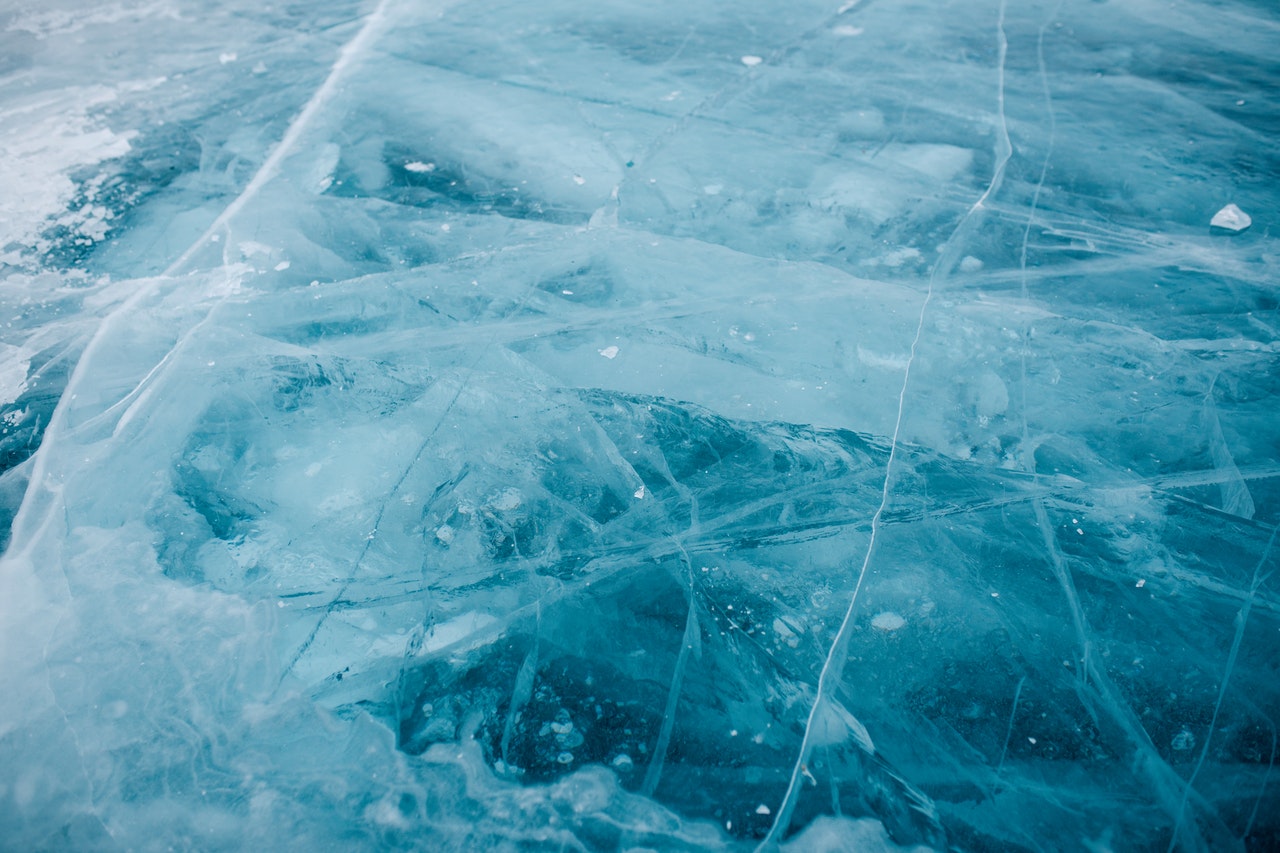
I learned this today. Absolute zero is zero Kelvin, which is -273.15℃, but it is impossible to reach.
Absolute zero is considered to be the lowest temperature possible. At this point, there is no energy left in a solid. In any object, the molecules are moving. In my fingers. In the keyboard I am typing on. To us they look solid, but the atoms are moving a lot. The hotter something gets, the more thermal energy it has and the more the atoms move. When they move, they spread out more, which is why hotter objects are less dense and hot air rises. When thermal energy is removed from atoms, they slow down and move closer together. Absolute zero is the point where they have zero thermal energy and do not move at all.
The third law of thermodynamics says that “the entropy of a system approaches a constant value as its temperature approaches absolute zero”. This means that at absolute zero the system is in a state with the lowest possible amount of energy. At absolute zero, entropy will be zero. If you can lower the temperature of something to absolute zero, it will never entropy, existing indefinitely, in theory.
Absolute zero is technically impossible to reach. As the temperature gets lower, the substance being cooled approaches the temperature of the cooling agent, which can never be at absolute zero itself. Also, the amount of work required to remove energy from a substance increases exponentially as the temperature drops. Theoretically, it would require infinite work to remove all of the energy. And, even if absolute zero was possible, quantum mechanics suggests that the atoms and molecules would still be moving.
Because of quantum mechanics, the properties of a substance change as the temperature approaches absolute zero. At a fraction above absolute zero, liquid helium becomes a superfluid. A superfluid is a fluid with zero viscosity. That means it is not affected by resistance and flows with no loss of kinetic energy. If stirred, it would rotate indefinitely. It can flow up and out of a container, move between molecules to pass through a solid object, and become a super atom, known as a Bose-Einstein condensate. At this temperature, some materials become superconductors. That means they conduct electricity without any electrical resistance. The electric magnets used in the Large Hadron Collider are superconductors. They are cooled to close to absolute zero using liquid helium and the same amount of power as one third of Geneva.
It is impossible to reach absolute zero and the temperature of the universe is 2.73 Kelvin, -270.42℃. Space isn’t absolute zero because it is still cooling down from the Big Bang. Even when it finishes cooling down, it will never reach absolute zero, but will be filled with a bath of extraordinary low-energy radiation that will appear everywhere.
Robert Boyle, the father of the modern experimental science method, was the first person to suggest that there might be a lowest possible temperature, in 1665. In 1702, Guillaume Amontons improved the air thermometer and conjectured that an absolute zero existed. He set it at -240℃ and used that as zero on his scale. He set water freezing at +51.5 and water boiling at +73 on that scale. In 1848, Lord Kelvin (the man the scale is named after) worked out that absolute zero was -270℃ and he created a temperature scale that had this temperature as its zero point. This scale was later named in honor of him. Nobody could reach this temperature. In 1845, Michael Faraday managed to get down to -130℃. Scientists continued to get lower and lower temperatures. 1877 -195℃, 1883 -218℃, 1898 -252℃, 1908 -269℃.
These days, in the laboratory, the record for the lowest temperature produced is -273.1499999999℃. 0.000000000038 Kelvin. This is a fraction above absolute zero and might be the lowest temperature it is possible to produce. They reached this temperature by using a time-domain matter-wave lens system. This is a magnetic wave that shapes a quantum gas, which makes it move more predictably. They then tuned the magnetic lens to infinity, which lowered the total internal kinetic energy of the atoms to 0.000000000038K. (To be honest – I don’t really understand this.)
So, absolute zero is -273.15℃ and it is the temperature at which atoms have no thermal energy and are stationary. Except, they are not completely stationary because they still move on the quantum level. It is not possible to create absolute zero, but physicists have come very close. At that temperature, gases become superfluids and some materials become superconductors. And this is what I learned today.
Photo by Julia Volk from Pexels
Sources
https://en.wikipedia.org/wiki/Absolute_zero
https://en.wikipedia.org/wiki/William_Thomson,_1st_Baron_Kelvin
https://en.wikipedia.org/wiki/Kelvin
https://en.wikipedia.org/wiki/Superfluidity
https://en.wikipedia.org/wiki/Bose%E2%80%93Einstein_condensate
https://www.titech.ac.jp/english/public-relations/about/stories/absolute-zero
https://en.wikipedia.org/wiki/Third_law_of_thermodynamics
https://www.smithsonianmag.com/science-nature/the-coldest-place-in-the-universe-8121922/
https://blogs.scientificamerican.com/observations/racing-toward-absolute-zero/
https://www.popularmechanics.com/science/a37852132/coldest-temperature-recorded-in-lab/

